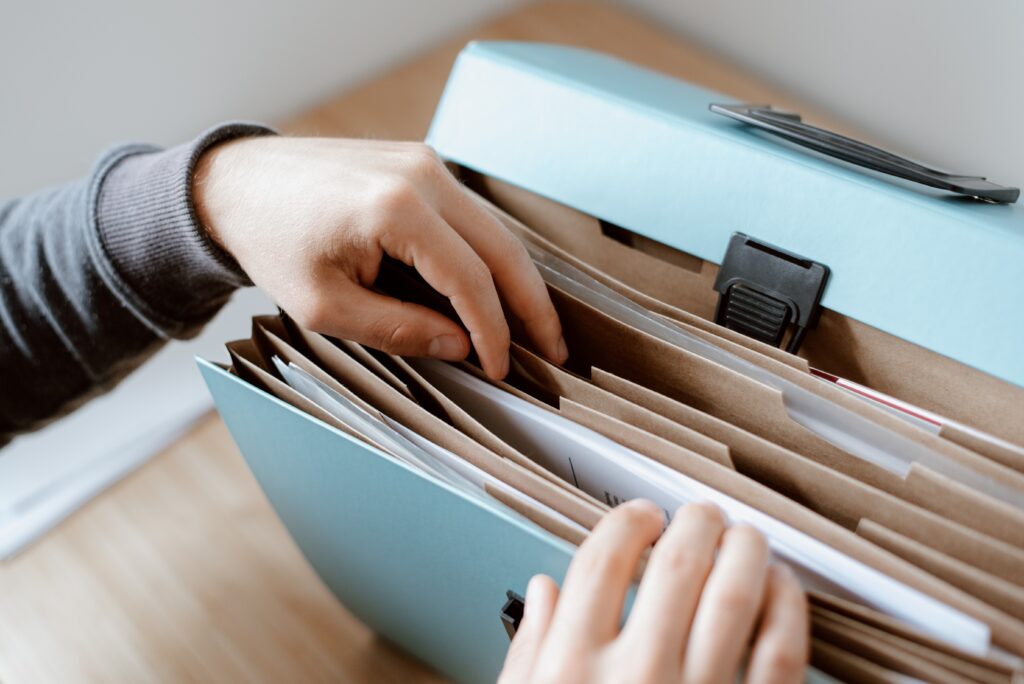In patent law, there is no such thing as international patents. Patents are territorial rights. When you apply for a patent, it’s only applicable in the country in which it was granted. For example, if you apply for a European patent, it won’t be valid outside the continent. This means that to secure patent protection globally, you need to plan out your filing process and have your patent documents translated.
That being said, we are going to review what is the US patent law like. What do you need? When will a translation be necessary?
What is the application process according to patent law in the US?
In the United States, the Patent and Trademark Office (USPTO) is the government agency responsible for examining patent applications and issuing patents. The USPTO determines whether a patent should be granted in a particular case. Applying for patents is complex and requires many legal documents with precise specifications.
According to patent law in the US, you can apply for three types of patents: utility (functions), design (ornamental aspects), and plant (newly discover plants). There are two types of utility and plant patent applications: provisional and nonprovisional. A provisional application is a quick and cheap way for inventors to have patent protection for 12 months. This allows them to prepare thoroughly their nonprovisional application during that year. The nonprovisional application is examined and can be issued as a patent if all requirements are met. The most usual patent application in the US is nonprovisional utility patents.
What are the US patent law requirements?
We are going to cover the nonprovisional utility patent application because it is by far the most common one. You can apply through the Office electronic filing system (EFS-Web), by U.S. mail, or hand-deliver it to the Office in Alexandria, Virginia.
USPTO lists first the translation requirement, it’s key in a patent application. All nonprovisional utility patent applications must be submitted in the English language or be accompanied by a translation in the English language, a statement that the translation is accurate, and payment of a fee. If an applicant does not meet the requirements, he or she will have a period to submit the missing items.
A complete nonprovisional utility patent application should contain:
- Utility Patent Application Transmittal Form or Transmittal Letter
- Appropriate Fees
- Application Data Sheet
- Specification (with at least one claim)
- Drawings (when necessary)
- Executed Oath or Declaration
- Nucleotide and Amino Acid Sequence Listing (when necessary)
- Large Tables or Computer Listings (when necessary)
A detailed description of each document and its requirements can be found on the USPTO website.
Why is the translation of the Oath or Declaration important?
A key requirement is that any oath or declaration is in a language the inventor understands. If the oath or declaration used is in a language other than English, an English translation together with a statement that the translation is accurate is required.
The inventor must make an oath or declaration that includes certain statements. Such as: that he or she believes himself or herself to be the original inventor or an original joint inventor of a claimed invention in the application, and that the application was made or authorized to be made by him or her.
What’s necessary to translate a patent application?
Patent translation requires the work of a translator who has the specialized technical skill necessary to translate complex industry jargon and legal patent language. Strong translations can make or break the value of your international patents, while poor translation can lower their value. Translating a patent combines complicated technical content, following legal requirements that change from country to country, and expertise in both the science and language issues at hand. Hiring the wrong professional can have grave consequences in the form of major errors in content.
This is why patent translation must be actively managed and cared for when a company is attempting to build an international patent portfolio. Centralizing translation management with a business that can encompass all the languages that you need can reduce costs while increasing quality, accuracy, and speed.
The applications usually require to be submitted in the official language of the country. As is the case with the US. The documentation required has differences, for example, understanding what is the difference between translating a patent for information and for filling is key.
At Win & Winnow, we provide the full range of patent translation services. We want to help you grow globally. If you need more information on patent translation, contact us!

